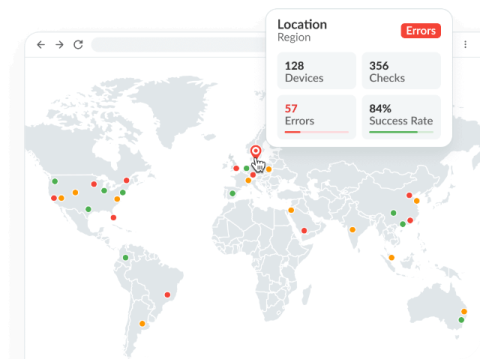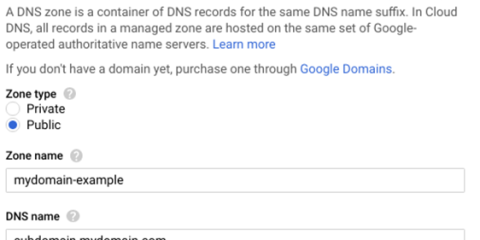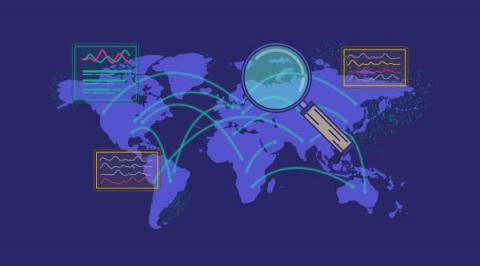Optimizing CDN Performance with Synthetic Monitoring: Warming Up and Maintaining Cache
Synthetic monitoring involves simulating real-world user interactions with your website or application to test performance, availability, and functionality. Dotcom-Monitor’s synthetic monitoring solution takes this concept further by enabling businesses to prepopulate and maintain their CDN caches effectively.











